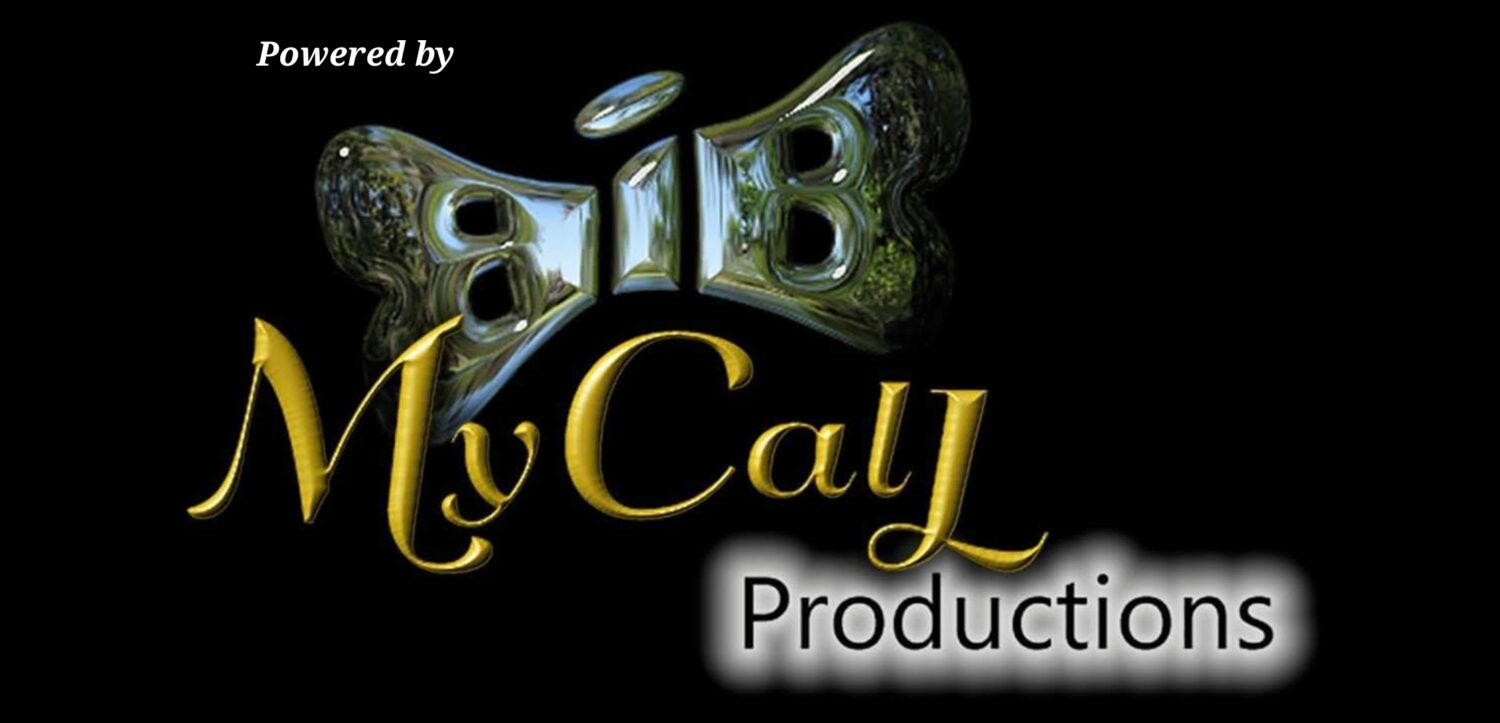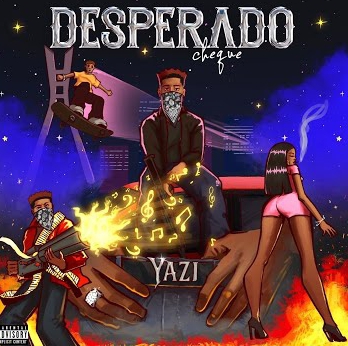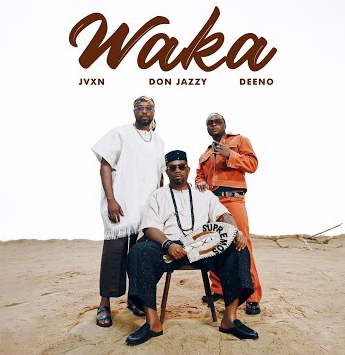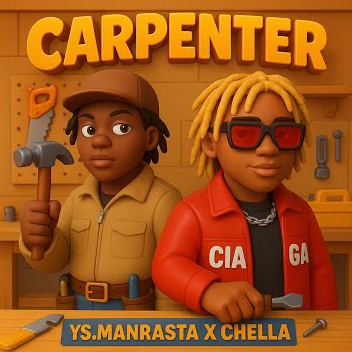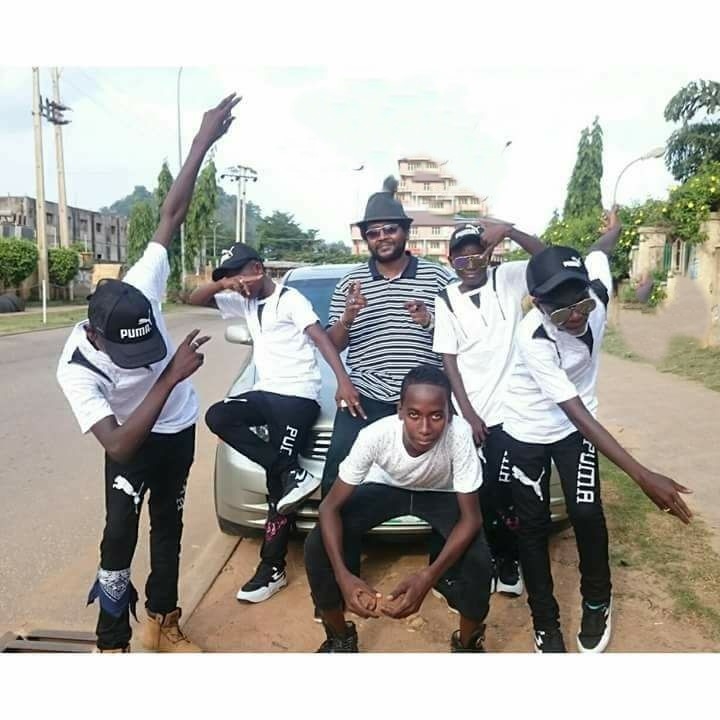
How Afrobeats Is Inspiring a New Generation of Creatives
Contents
The Rise of Africa’s Creative Ecosystem
Afrobeats is no longer just a sound — it’s a system. What began as a fusion of rhythms and melodies from West Africa has evolved into a full-fledged creative industry powered by collaboration, innovation, and community. Behind every viral hit and breakout artist lies a web of young visionaries — producers, songwriters, engineers, Comedians, security, stylists, and A&Rs — all working together to shape Africa’s musical identity. Their collective energy has transformed Afrobeats from a regional genre into one of the world’s most dynamic cultural exports.
From buzzing studios in Lagos to writing camps in Accra and creative hubs in London, Afrobeats has become a blueprint for modern collaboration. Artists are no longer working in isolation; they’re co-creating with teams that understand both artistry and audience. Each beat, lyric, and visual now tells a bigger story — one about Africa’s growing influence, its creative self-confidence, and the power of teamwork in shaping the sound of a generation. This is how the next wave of Afrobeats is being built — one creative connection at a time.

The New Wave Rising: How Young Visionaries Are Redefining African Sound
Afrobeats is evolving — and at the heart of its evolution is a new generation of young artists rewriting what it means to be creative. No longer confined by borders or labels, they’re blending sound, style, and storytelling into something bold and global. From Lagos to Accra, London to Nairobi, a creative renaissance is underway. These emerging stars aren’t just making music — they’re building movements. They see themselves as cultural curators, not just entertainers, bringing African rhythm and identity to the global stage with fresh energy and fearless innovation.
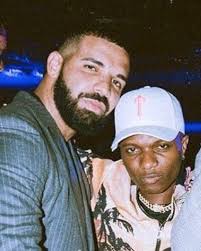
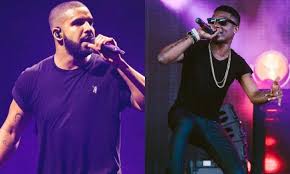
Artists like Santi, Odunsi, Amaarae, Blaqbonez, Ayra Starr, Wavy the Creator, Tay Iwar, and many more represent this new era. Their songs are deeply personal yet universally relatable, and their visuals reflect a new African cool — raw, experimental, and unapologetically expressive. Each one brings a unique voice and creative identity to the table: from Santi’s cinematic storytelling to Amaarae’s futuristic pop vision, Odunsi’s alt-R&B innovation, Blaqbonez’s sharp wit and genre fluidity, Ayra Starr’s youthful energy, Wavy the Creator’s artistic eccentricity, and Tay Iwar’s soulful, textured sound. Together, they embody the evolution of Afrobeats and Alté — a movement that’s no longer defined by one rhythm or region, but by a shared spirit of experimentation and individuality that reflects the boldness of today’s African youth.

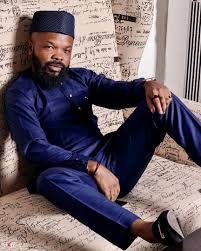
What connects them all is collaboration: the close bond between music creatives — producers, songwriters, and visual artists — and A&R teams who help shape and elevate their artistic vision. The process goes beyond just recording songs; it’s about building a sound, an image, and a story that resonates. Creatives and A&Rs work hand in hand to refine ideas, explore trends, and ensure the artist’s identity shines through every note and frame. In this partnership, the A&R becomes both a guide and a collaborator — someone who balances commercial insight with creative freedom.


This synergy has birthed some of the most exciting records of the decade and continues to drive Afrobeats into new territories. As technology and global exposure reshape the industry, the connection between young artists, creatives, and A&R professionals becomes even more essential. It ensures that the sound of tomorrow stays rooted in authenticity while embracing innovation. The result? A new wave of African music that feels local at heart but global in reach — redefining what it means to create, collaborate, and inspire in the Afrobeats era.
The Creative Network: Collaboration as a Foundation
Behind every breakout Afrobeats song lies a creative ecosystem. The artist may be the face, but the sound is often the product of many minds working in harmony. Music creatives — producers, songwriters, and engineers — help artists translate emotion into rhythm, turning personal experiences into records that move millions. A&Rs (Artists and Repertoire professionals), on the other hand, serve as the bridge between the studio and the wider industry, curating the right collaborations, aligning creative goals, and ensuring that the music connects with both local and global audiences. Together, they form the backbone of modern Afrobeats — a system where teamwork fuels innovation.

In today’s Afrobeats scene, that collaboration begins early. An upcoming artist might record a rough demo in a home studio; an A&R listens, spots potential, and connects them with the right producer or songwriter to refine the idea. That’s how Ayra Starr’s debut took shape under Mavin Records — where in-house producers and A&Rs worked closely to nurture her sound until it reflected her unique personality and energy. The same model powers the rise of acts like Ruger (Jonzing World) and Magixx (Mavin Records), who evolved within tight creative circles guided by both artistic freedom and professional structure. This process ensures that even from their earliest releases, these artists sound polished yet authentic.
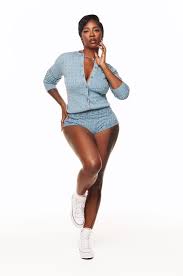
Beyond refining sound, A&Rs also play a key role in positioning artists for success. They help craft the visual direction, brand identity, and marketing rollout that turn good songs into cultural moments. A single hit can define an artist’s career, but the groundwork — the strategy, timing, and storytelling — often comes from those behind the scenes. Music creatives and A&Rs collaborate to align a record’s emotional core with the right visuals, press coverage, and performance opportunities. It’s a balancing act between art and business, where every choice contributes to how an artist’s story unfolds.
Ultimately, the magic of Afrobeats today lies in this synergy. The new wave of artists is thriving because they understand that creativity is a collective effort. Producers bring the beats, songwriters shape the message, A&Rs connect the dots, and artists deliver the emotion. Together, they’re redefining what collaboration means in African music — transforming raw talent into timeless art. This dynamic ecosystem not only powers hit songs but also sustains the genre’s global growth, ensuring that the world keeps dancing to the rhythm of Africa.
Afrobeats in 2025: Why West African Music is Taking Over the World

Behind the Hits: How Music Creatives and A&R Work Together
Music creatives and A&R professionals work hand in hand to bring an artist’s vision to life. While the artist, songwriter, or producer focuses on crafting the sound, lyrics, and overall feel of the music, the A&R serves as the bridge between creativity and the market. They help identify what songs fit best with the artist’s identity, connect them with the right collaborators, and ensure the project aligns with the label’s broader goals. In many ways, A&Rs are like creative curators — they listen, advise, and guide, making sure the artist’s output is both authentic and commercially viable.
Beyond song selection, A&Rs guide artists through every stage — from early demos to mastering. They secure studio resources, match artists with visual directors, and coordinate timelines to keep creative energy structured and productive. For instance, Bloody Civilian, signed to Def Jam Africa, worked closely with A&Rs who recognized her rare blend of singer-producer talent and helped position her for the spotlight. This partnership didn’t dilute her originality — it amplified it. A well-matched A&R helps the artist maintain creative freedom while providing structure, resources, and connections that elevate their artistry.

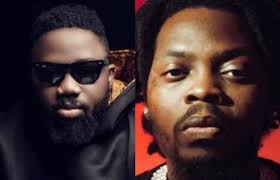
The relationship between A&Rs and music creatives also thrives on trust and mutual respect. A great A&R understands when to step back and let the artist explore, and when to step in to fine-tune direction or suggest collaborations. On the flip side, music creatives rely on A&Rs for industry insight — understanding trends, marketing strategies, and audience reception. This back-and-forth ensures that every record not only sounds good but also resonates deeply with listeners. In today’s fast-paced industry, where attention spans are short, this partnership ensures that music still carries meaning and purpose.
Ultimately, behind every hit song lies a network of collaboration and vision. The chemistry between artists, producers, and A&Rs defines the quality and impact of the final product. As Afrobeats continues to expand globally, these behind-the-scenes relationships are more crucial than ever — balancing artistry with strategy, and passion with precision. It’s this delicate dance between creative minds and industry architects that turns great ideas into global anthems, shaping the sound of a generation.
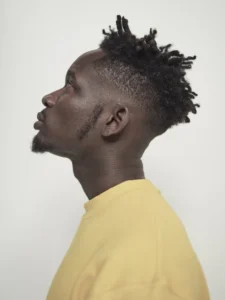

Creative Freedom and Experimentation: A Generation Unafraid to Create on Its Own Terms
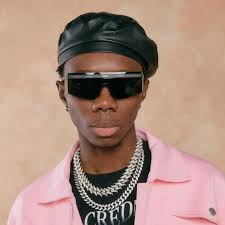
One of the reasons Afrobeats continues to grow globally is because of how much space it gives young artists to experiment. Emerging talents like Qing Madi, Bloody Civilian, Bayanni, Llona, Serotonin, Qing Madi, and Ria Sean aren’t chasing mainstream formulas — they’re inventing new ones. Through collaborations with forward-thinking producers and A&Rs who understand their individuality, they’ve been able to push boundaries, redefine soundscapes, and still connect deeply with audiences.

Each of these artists brings something distinct to the evolving Afrobeats scene. Bloody Civilian’s cinematic production and raw storytelling, Bayanni’s melodic precision, Llona’s heartfelt fusion of soul and Afropop, and Serotonin’s experimental edge all highlight how diverse the new wave has become. Add Qing Madi’s youthful vulnerability and Ria Sean’s smooth, sultry tone, and you get a picture of a generation that’s rewriting what African pop can sound like — blending authenticity with innovation.
These artists thrive because their teams let creativity lead the way, rather than box it into trends. Their A&Rs and collaborators provide guidance without stifling originality, creating an ecosystem where artistic freedom drives success. It’s this balance — between structure and spontaneity — that keeps Afrobeats fresh, global, and constantly evolving.


The Role of Digital Platforms: Connecting Creatives Across Borders
Digital tools have made collaboration easier and more organic than ever before. Platforms like Audiomack, SoundCloud, and TikTok have become launchpads for rising Afrobeats acts, offering spaces to share demos, experiment with ideas, and build fanbases long before signing to a label. These platforms are also where A&Rs now scout for emerging voices — discovering new talents through viral clips, trending songs, or creative remixes. The internet has effectively democratized music creation and discovery, allowing any artist with a laptop and vision to reach a global audience.
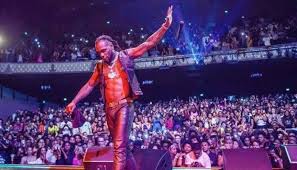
Today, an artist in Lagos can record vocals over a beat sent from a producer in Los Angeles, while an A&R in London tracks engagement metrics and streaming data in real time. This seamless digital ecosystem has reshaped how music is made and marketed. Producers and songwriters collaborate through shared folders and online sessions, while fans give instant feedback that helps refine an artist’s direction. The process that once took months — from recording to release — can now unfold in days, powered by technology that connects every part of the creative chain.
This digital loop has not only accelerated talent discovery but also deepened how artists connect with audiences. Emerging Afrobeats stars no longer rely solely on radio or traditional promotion to break through — they build momentum through social interaction, challenges, and online storytelling. For fans, this creates a sense of participation in the artist’s growth; for A&Rs, it provides clearer data to guide development and investment. The result is a more fluid, responsive industry — one where innovation thrives, borders fade, and the rhythm of Afrobeats travels faster and farther than ever before.
Mentorship and the New Industry Mindset: How Industry Veterans Are Shaping Tomorrow’s Stars
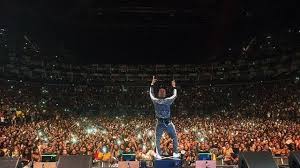
One defining trait of this new generation is mentorship. Established names are increasingly opening doors for rising acts, helping them navigate the complex world of music with guidance and structure. Figures like Don Jazzy (Mavin Records), Banky W (Empire Mates Entertainment), Sarz (The Sarz Academy), Olamide (YBNL Nation), and Clarence Peters (Capital Dreams Pictures) have become pillars of artist development in Nigeria. Labels such as Chocolate City and Native Records also play major roles by organizing song writing camps, production boot camps, and creative residencies. These mentorship programs create environments where young talents learn to refine their sound, collaborate, and understand the business side of music — all under the watchful eyes of experienced A&Rs and industry veterans.

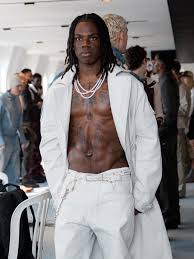
This new structure mirrors what global pop industries have practiced for decades, but with a distinctly African touch. Instead of copying Western systems, Nigerian mentors and labels are building models that reflect local culture, rhythm, and storytelling. The goal isn’t just to make artists marketable — it’s to make them timeless. Mentorship here means balancing authenticity with global ambition, ensuring that the African voice remains loud and proud on international stages. Through these creative ecosystems, mentorship evolves beyond teaching; it becomes a shared journey of artistic growth and identity formation.
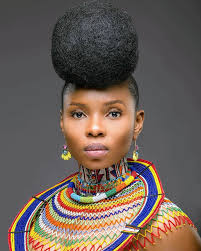

The result is a thriving network where everyone — from singers and songwriters to producers, engineers, and video directors — contributes meaningfully to the final product. The collaborative energy between young talents and their mentors keeps Afrobeats innovative, diverse, and deeply rooted in the community. This cycle of guidance and creativity is what sustains the genre’s growth — producing not just hits, but generations of artists equipped to carry African music even further across the world.
Creative Hubs and Writing Camps: Building the Future Together
The rise of Afrobeats hasn’t just been powered by talent — it’s been built through community. Across Africa and the diaspora, creative hubs and writing camps have become the laboratories of modern African music. These spaces bring together artists, producers, songwriters, and A&Rs under one roof, all driven by a shared goal: to make something timeless. It’s in these rooms that sounds are shaped, ideas collide, and the next generation of stars find their voice. What started as informal jam sessions has now evolved into a culture of collaboration — one that keeps Afrobeats fresh, experimental, and ever connected to its roots.
Labels like Mavin Records, EMPIRE Africa, and Platoon have perfected this model. At Mavin’s Lagos HQ, for example, artists collaborate daily with in-house producers like London, Andre Vibez and Louddaaa, guided by creative executives who understand both artistry and audience. The result is a steady flow of fresh, cohesive sound — seen in the success of Ayra Starr, Rema, and Ladipoe. EMPIRE Africa and Platoon (Apple’s artist services division) take it further by creating pop-up studios and song writing retreats across the continent, where rising acts refine their sound while building valuable industry relationships.


These writing camps have birthed some of the genre’s biggest anthems. Sessions often blend experience with experimentation — pairing an upcoming singer with a veteran producer, or a local lyricist with an international A&R. The creative exchange sparks new ideas and keeps the Afrobeats ecosystem evolving. Beyond the music, these camps foster mentorship, networking, and skill development — equipping young artists with the discipline and insight to thrive long after the hit song fades.
In many ways, these hubs have become the new cultural institutions — places where Africa’s creative future is being written one session at a time. Within their walls, young talents learn, experiment, and grow alongside seasoned professionals, creating a continuous cycle of innovation. They remind the world that behind every Afrobeats hit is not just an artist, but a village of dreamers, thinkers, and innovators working in rhythm — each adding a unique touch to the sound that’s reshaping global music.

A Creative Movement in Motion: Driven by Vision, Powered by Community
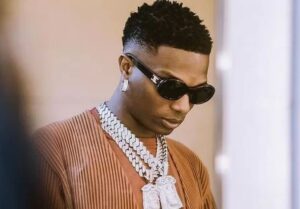
Afrobeats has gone beyond making stars — it’s now shaping architects of sound and culture. Every new artist that breaks through adds another layer to the continent’s creative economy. Music videos, visual directors, stylists, and content creators all find work and expression within the Afrobeats ecosystem. A young graphic designer might get their big break designing cover art; a dancer might go viral choreographing a TikTok challenge — it all starts from that shared creative pulse that keeps Africa’s cultural engine moving.
This ecosystem has redefined what success looks like in African music. It’s no longer just about who tops the charts, but about who builds, collaborates, and inspires others. For every Burna Boy or Ayra Starr, there are producers, videographers, and digital storytellers whose creativity shapes how the world experiences Afrobeats. The genre’s rise has created ripple effects across fashion, film, and tech — proving that its influence extends far beyond the studio.
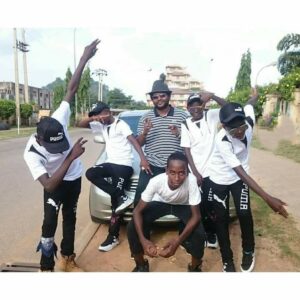
In essence, Afrobeats has become a platform where collaboration is culture. Artists don’t rise alone; they rise with teams of creatives who shape their image, sound, and story. And as long as that synergy continues, the genre will keep evolving — not just as music, but as a movement of African innovation, one that celebrates unity, expression, and the limitless power of creativity.
Conclusion: The Future of Collaboration
The next phase of Afrobeats’ journey won’t be defined by sound alone, but by how effectively artists, creatives, and A&Rs work together. The lines between art and business are blurring — and that’s a good thing. The future belongs to artists who embrace teamwork, value creative input, and understand that collaboration is power. The new generation of talent knows that success isn’t just about individual brilliance anymore — it’s about building ecosystems that last.
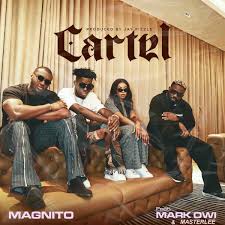
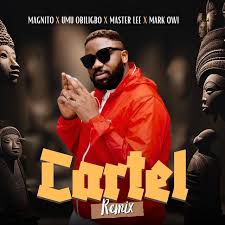
Across studios in Lagos, Accra, and London, collaboration has become the heartbeat of modern Afrobeats. Producers are no longer just background players; they’re co-creators shaping entire sonic identities. A&Rs are evolving into cultural curators who connect dots between sound, fashion, and storytelling. Together, they form a creative network that ensures Afrobeats stays authentic while constantly reinventing itself for global audiences.
As new voices emerge, their success will depend not just on talent but on the creative alliances they build. Behind every hit song is a web of relationships — artists trusting their producers, producers trusting their engineers, and labels trusting the process. This shared belief system is what has propelled Afrobeats from local dance floors to global stages. The artists who understand this collective spirit are the ones who will lead the genre into its next chapter.
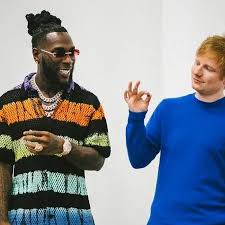
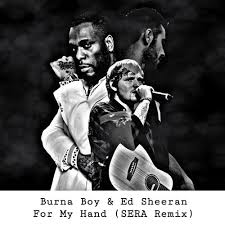
In the end, the future of Afrobeats is not just about who sings the loudest or trends the fastest — it’s about who collaborates the smartest. The genre’s true power lies in unity: in people coming together to dream, create, and push boundaries. Because in Afrobeats, every hit starts the same way — one beat, one idea, and a team bold enough to believe it can reach the world.


